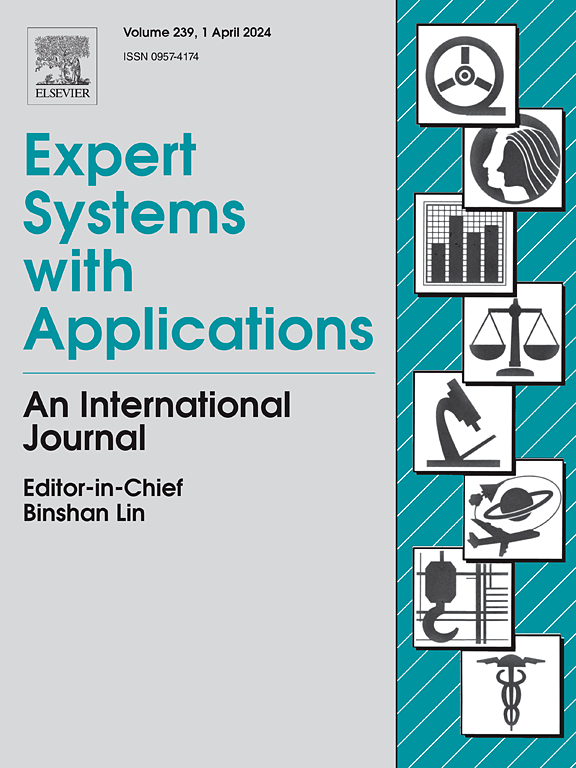Identifying optimal technique of reducing dimensionality of scour influencing hydraulic parameters applying SWOT analysis
IF 7.5
1区 计算机科学
Q1 COMPUTER SCIENCE, ARTIFICIAL INTELLIGENCE
引用次数: 0
Abstract
Spur dike-like structures (SDLS) are built in rivers to control erosion and reroute water flow. Predicting scour depth around SDLS is essential for structural stability, environmental protection, and public safety, depending on riverbed conditions, geometry, sediment properties, flow velocity, and many other parameters. Feature reduction simplifies modeling, improves computational efficiency and focuses on key variables influencing scour depth. To enhance feature reduction, this paper presents a systematically validated framework using dimensional analysis and 13 state-of-the-art dimensionality reduction (DR) techniques. First, dimensional analysis identifies key parameters, followed by using various DR techniques to reduce features. By methodical testing and assessment, the best DR strategies are determined. A SWOT analysis is performed to evaluate the strengths, weaknesses, opportunities, and threats associated with each DR technique. According to SWOT analysis, subset regression analysis (SSR) emerges as the optimal DR technique compared to others, both quantitatively and qualitatively. According to quantitative evaluation, SSR outperforms Principal component analysis (PCA) (61.2 %) and Discriminant analysis (DA) (18.33 %), achieving the highest weighted mean percentage (70 %) among all. Furthermore, SSR excels by its ability to reduce computational complexity while maintaining high predictive accuracy. The efficiency and robustness of SSR are further supported by its low standard error of 0.21 and optimal selection of predictors, ensuring reduced computational demands without compromising accuracy. This strategic assessment provides in-depth insights into the technical effectiveness and practical viability of DR techniques. Through dimensional analysis and evaluating DR techniques, this study advances feature reduction methods for improved decision-making in fields like scouring around SDLS.
求助全文
约1分钟内获得全文
求助全文
来源期刊

Expert Systems with Applications
工程技术-工程:电子与电气
CiteScore
13.80
自引率
10.60%
发文量
2045
审稿时长
8.7 months
期刊介绍:
Expert Systems With Applications is an international journal dedicated to the exchange of information on expert and intelligent systems used globally in industry, government, and universities. The journal emphasizes original papers covering the design, development, testing, implementation, and management of these systems, offering practical guidelines. It spans various sectors such as finance, engineering, marketing, law, project management, information management, medicine, and more. The journal also welcomes papers on multi-agent systems, knowledge management, neural networks, knowledge discovery, data mining, and other related areas, excluding applications to military/defense systems.
 求助内容:
求助内容: 应助结果提醒方式:
应助结果提醒方式:


